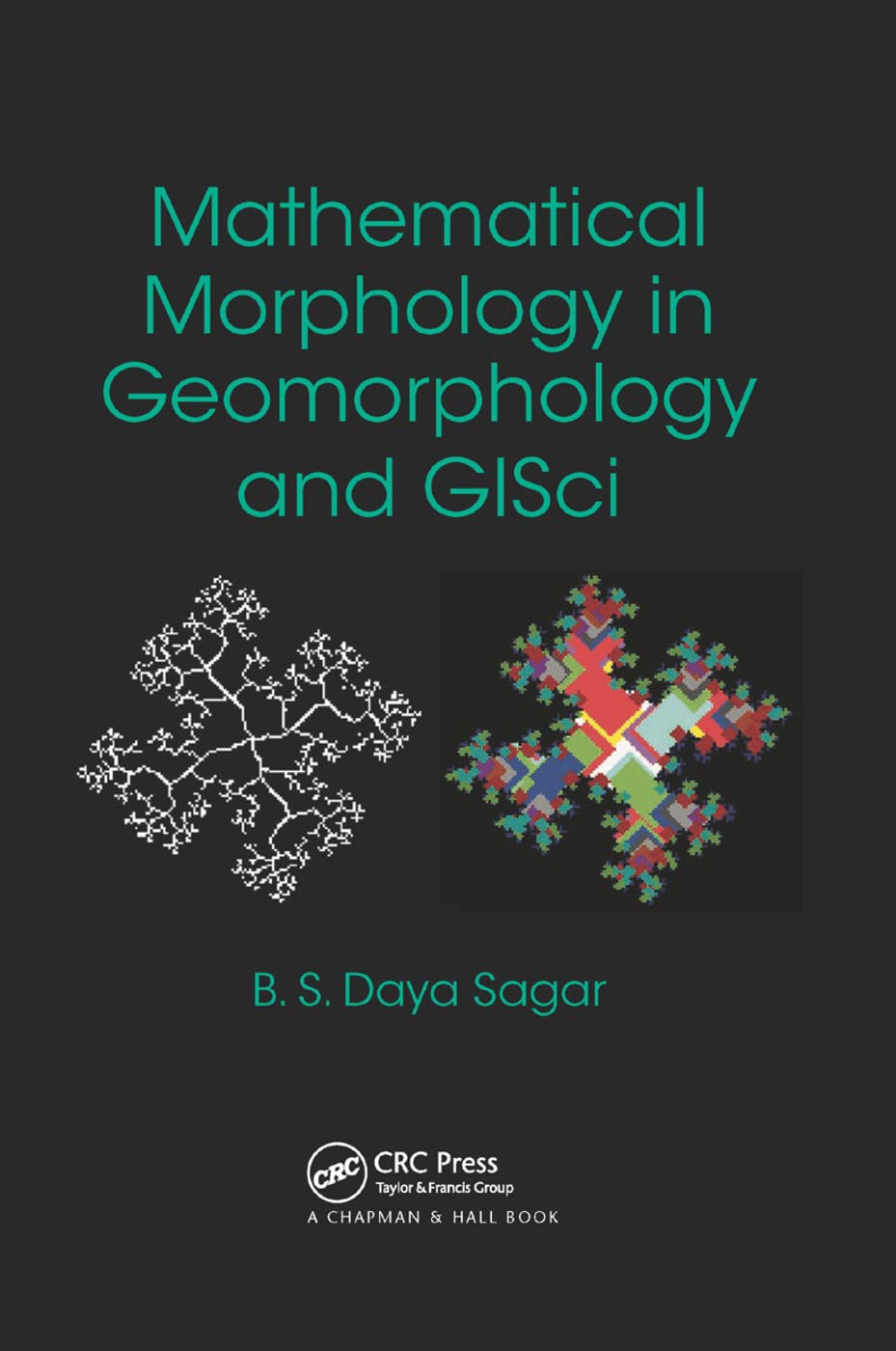MATHEMATICAL MORPHOLOGY IN GEOMORPHOLOGY AND GISCI
MATHEMATICAL MORPHOLOGY IN GEOMORPHOLOGY AND GISCI is backordered and will ship as soon as it is back in stock.
Couldn't load pickup availability
Genuine Products Guarantee
Genuine Products Guarantee
We guarantee 100% genuine products, and if proven otherwise, we will compensate you with 10 times the product's cost.
Delivery and Shipping
Delivery and Shipping
Products are generally ready for dispatch within 1 day and typically reach you in 3 to 5 days.
Book Details
-
Author: Daya Sagar, Behara Seshadri
-
Publisher: CRC Press
-
Edition: 1st
-
Binding: Paperback
-
Number of Pages: 546
-
Release Date: 18-09-2018
-
ISBN: 9781138374591
-
Package Dimensions: 9.2 x 6.1 x 1.2 inches
-
Language: English
About The Book
Mathematical Morphology in Geomorphology and GISci by Daya Sagar and Behara Seshadri, published by CRC Press in September 2018, is an invaluable resource for understanding the application of mathematical morphology in digital image processing and quantitative geomorphology. The book explores a variety of mathematical morphological techniques for analyzing geomorphological and spatial data in Geographic Information Science (GISci).
The text covers a wide range of interdisciplinary applications, from geomorphological network retrieval to fractal-skeletal-based modeling. It introduces readers to various scaling laws and indices that allow for shape-dependent and scale-invariant analyses of terrestrial phenomena. Additionally, the book offers algorithms to simulate the behaviors of geomorphologic systems, detect significant spatial relationships, and visualize spatiotemporal patterns through spatial interpolation.
Accessible to readers with no prior background in mathematical morphology, the book provides clear explanations and easy-to-follow equations, complemented by numerous illustrations. These features make the complex topic approachable for students, researchers, and professionals interested in applying mathematical morphology to their work in geomorphology and GISci.
The book is not only a technical guide but also a philosophical tool, offering insights into quantitative problem-solving and encouraging critical thinking in spatial reasoning. Featuring peer-reviewed content, case studies, and real-world examples, this book is an essential reference for geomorphologists, structural geologists, and GIS professionals looking to advance their understanding of mathematical morphology.





